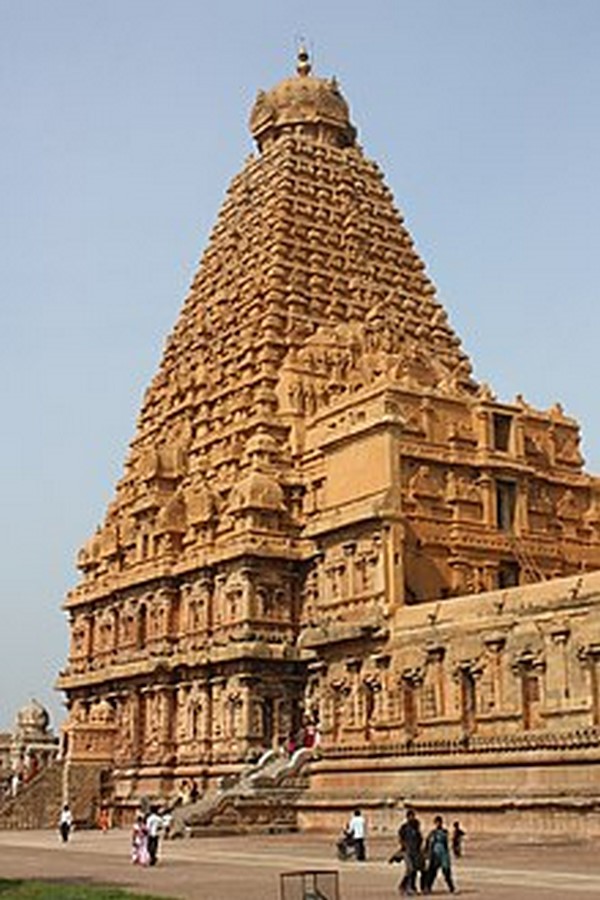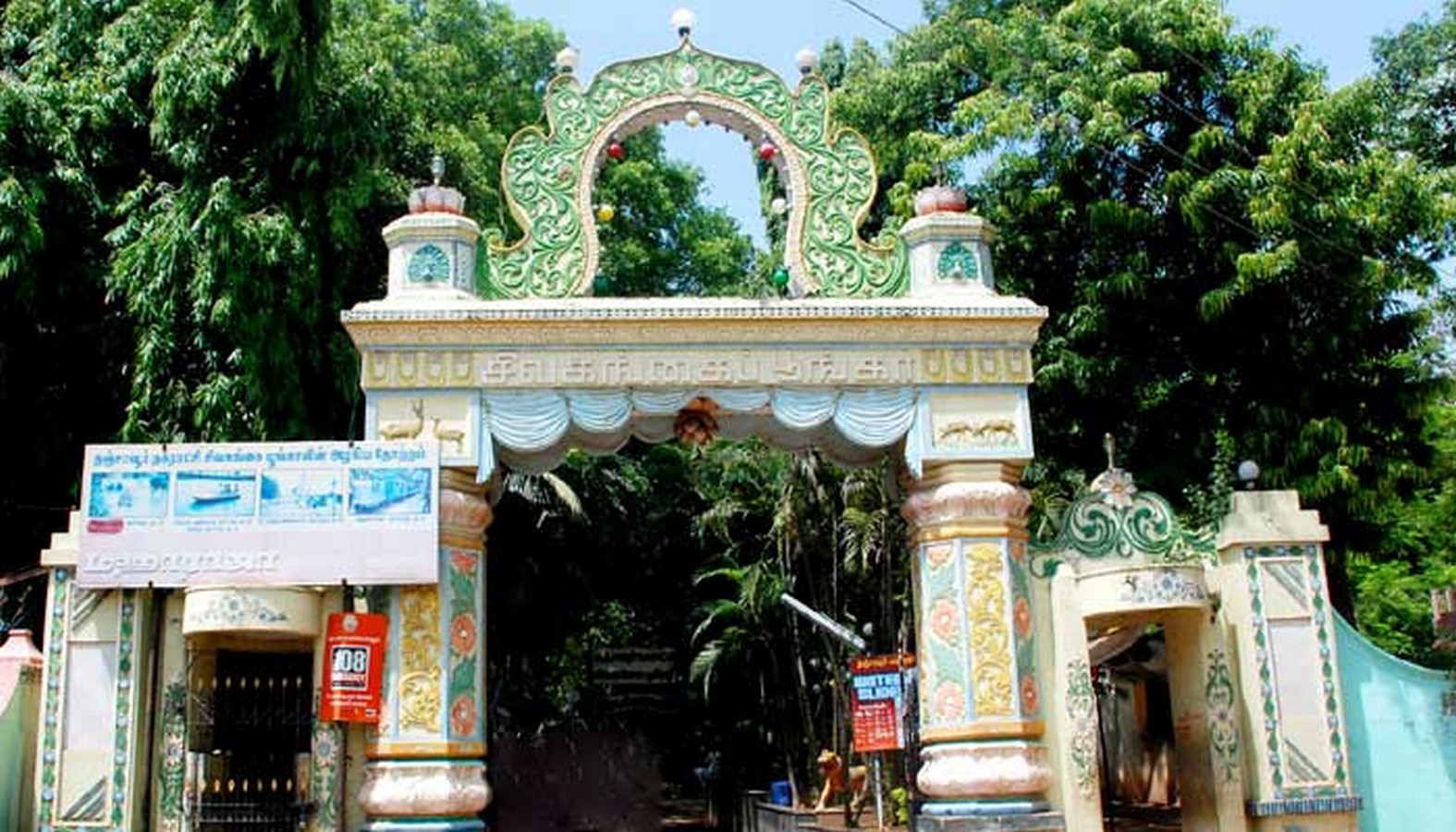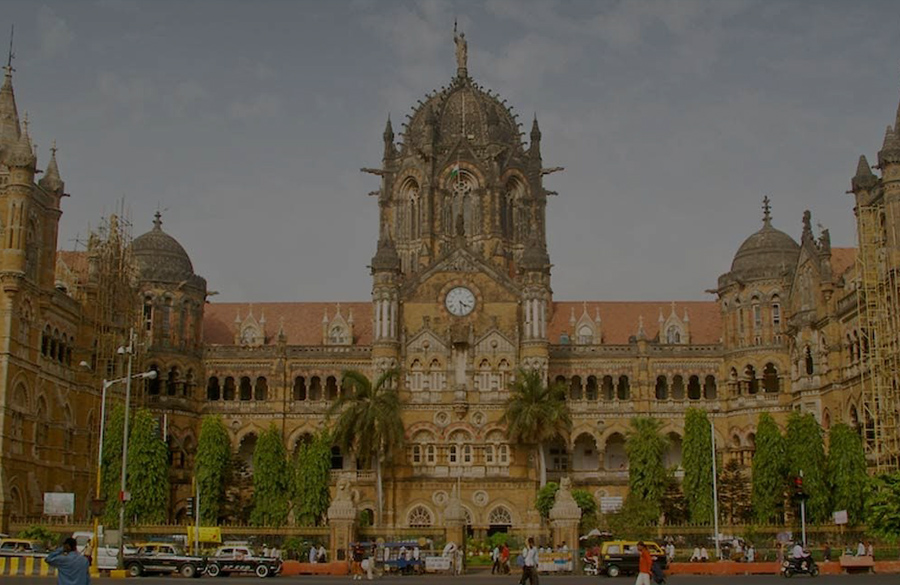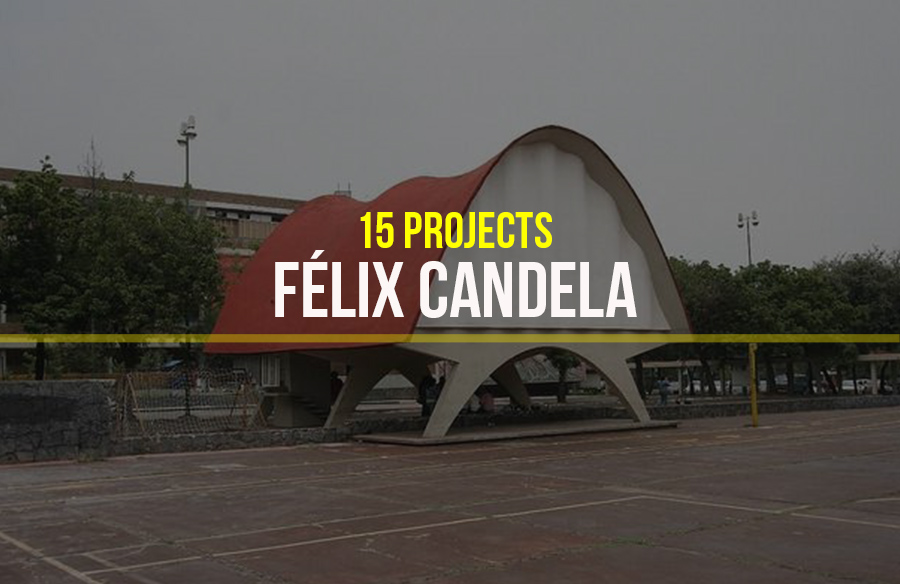Indian civilization has a remarkable history attached to its core. The inheritance of heritage has imprinted Indian soil in diverse ways as a result of its deep foundation in its history, culture, and religion. This has undoubtedly given rise to fascinating architecture, Indian architecture that has evolved through centuries depending upon socio-economic, geographical, and ruling conditions. Every nook and corner of the country has a piece of heritage architecture that tells tales of historical stories within their soul. However, the architectural legacy of monuments ranging from the Hindu temples, Indo-Islamic history to the British colonial period has left profound architectural heritage wealth to cherish and learn for a lifetime.
Here are a few cities known for their heritage architecture:
1. Ahmedabad | Heritage architecture
Ahmedabad is India’s first city to be declared as a World Heritage City by the World Heritage Committee (WHC) of UNESCO. The Walled City of Ahmedabad founded by Ahmed Shah about more than 600 years old has been a landmark recognized for its heritage value and unique heritage. A living heritage accommodating four-lakh population to date living in century-old wooden residences in around 600 pols or neighbourhood of 5.5 km walled city stretch, additionally, displays a peaceful co-existence of diverse communities like Hindu, Muslims, and Jains. With architecture marvels of wooden Havelis, the city has 2600 heritage sites, dozens of ASI protected monuments and sites like Gandhi Ashram, Jama Masjid, Adalaj, the stepwell as well as some remarkable architecture of famous architects like Louis Kahn and B.V Doshi.
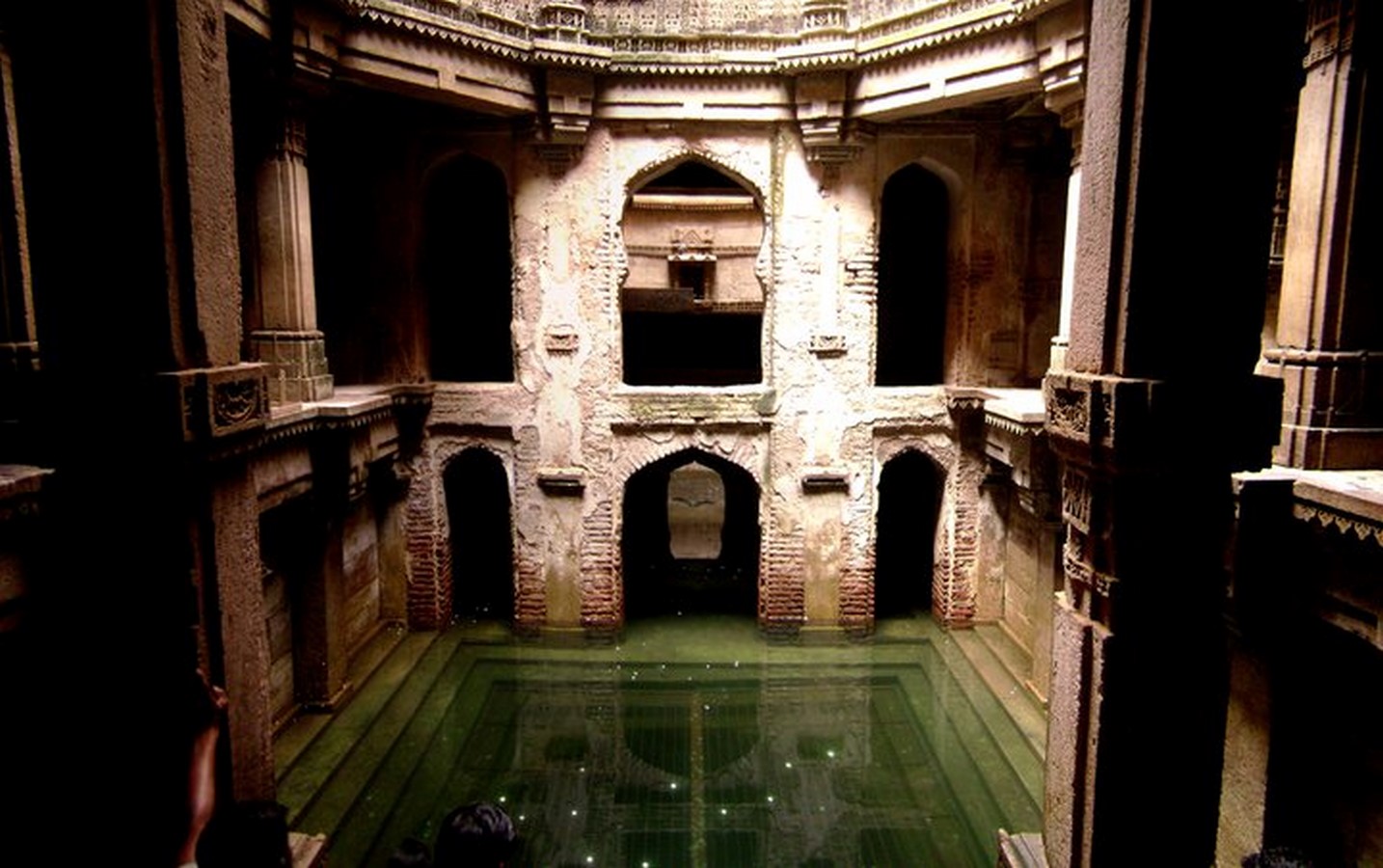
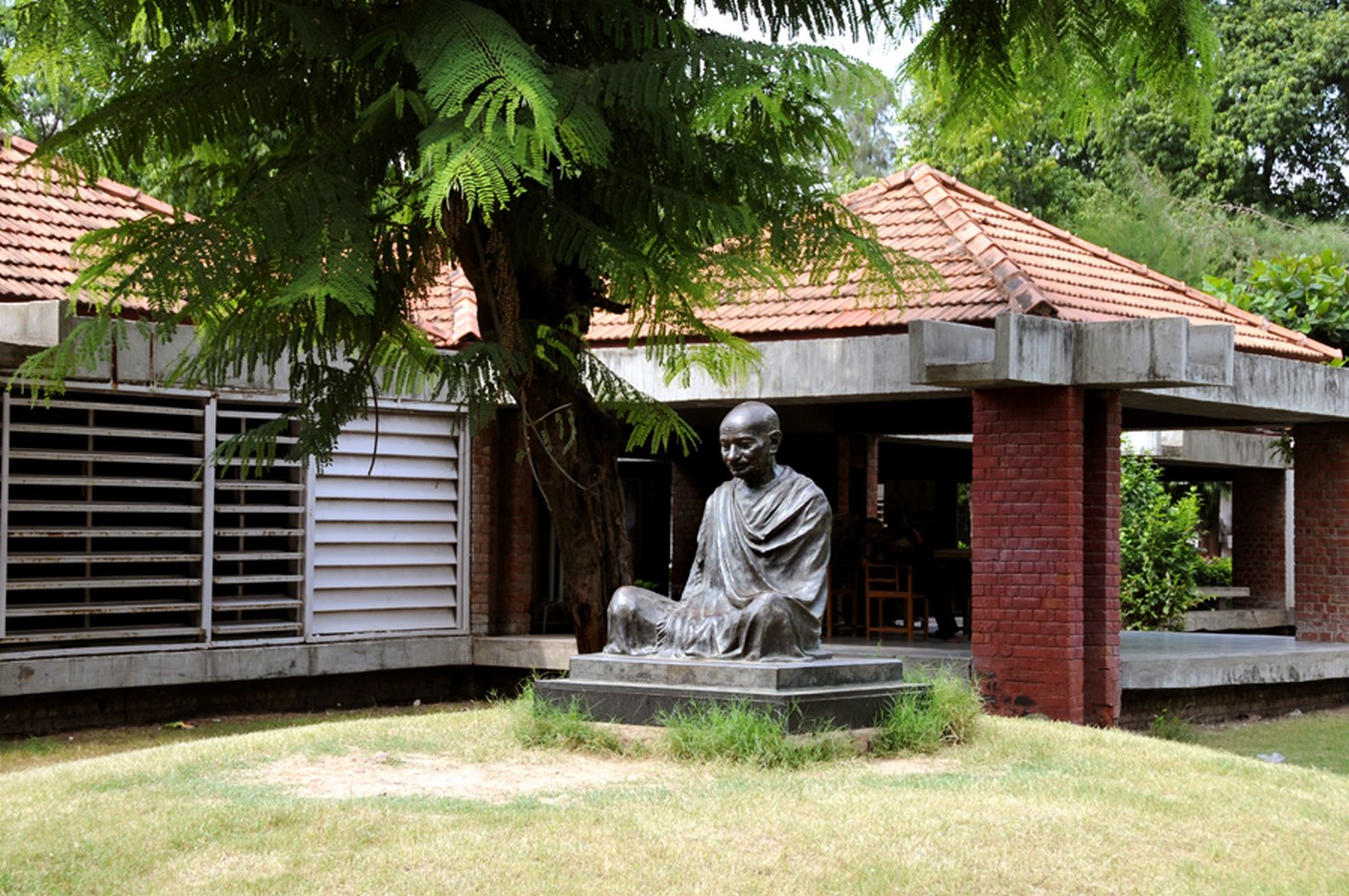
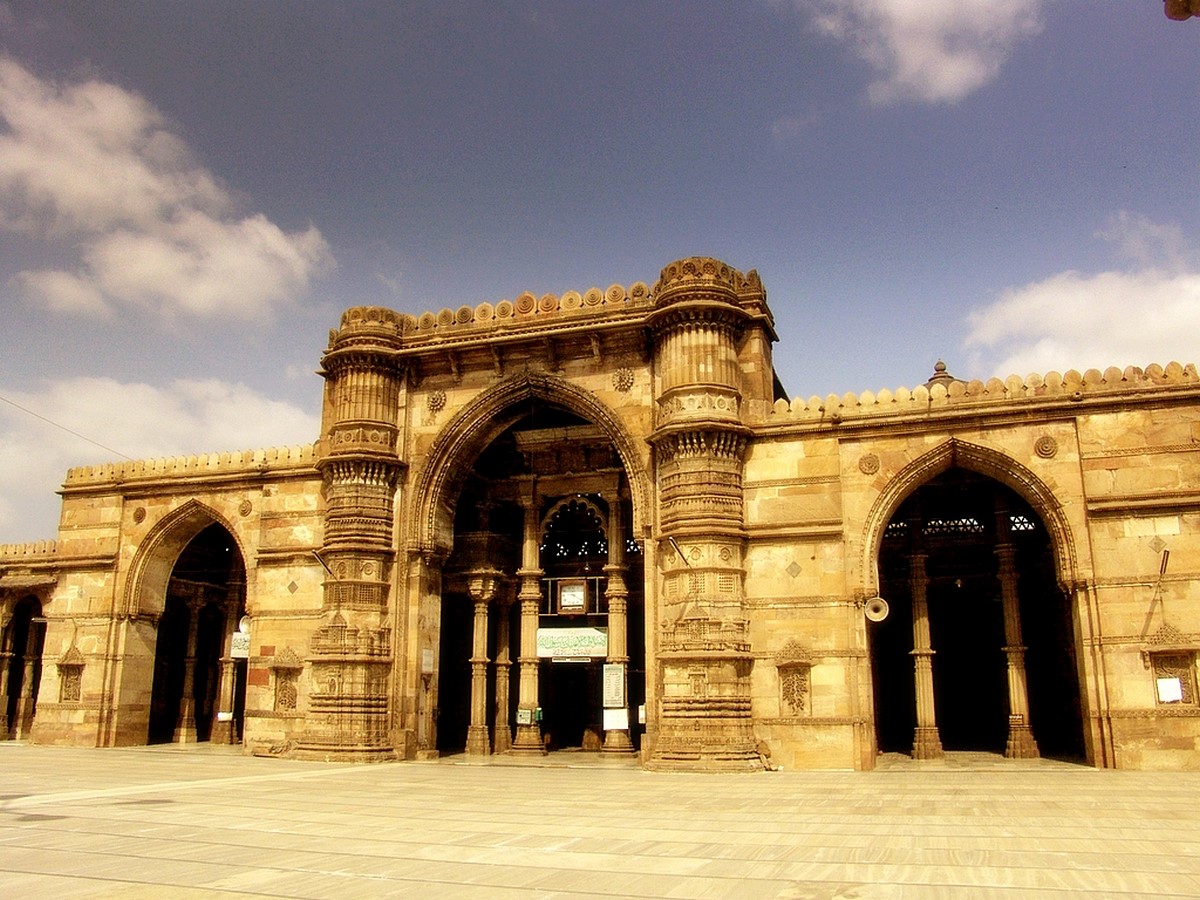
2. Jaipur
Jaipur, joining along with Ahmedabad, is India’s second city to be declared as a World Heritage City by the World Heritage Committee (WHC) of UNESCO. One of the most exuberant cities of Rajasthan it displays rich history and architecture along with diverse narratives of various cultures, traditions and monumental treasures. Jaipur was founded by Jai Singh II, the Raja of Amber and is the first planned city of India under the guidance of renowned Bengali architect, Vidyadhar Bhattacharya. The pink colour of the city was initiated by the then King of Jaipur, Maharaj Ram Singh, due to the Prince of Wales visit as a symbol of hospitality. The layout of the city accommodates interesting elements such as gardens, public squares, palaces as well as a military fortification. Sites such as Amber Fort, Albert Hall, Jal Mahal, Hawa Mahal, Jantar Mantar and many more are few marvels of the city with an abundance of historical architecture and tales from the past.

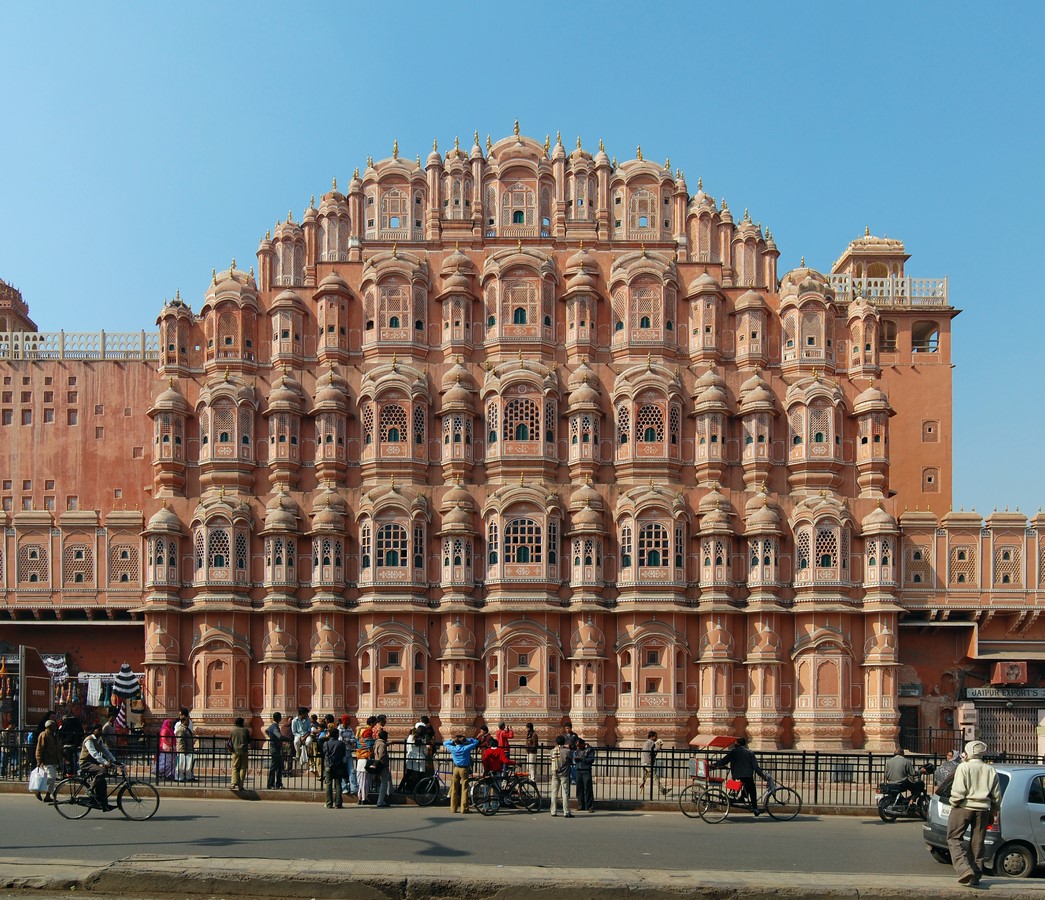
3. Agra | Famous Architecture in India
Agra, a city on the banks of river Yamuna in Uttar Pradesh is home to many historical sites and legacy of various architecture sensations as a result of diverse rulers and governing bodies starting from Mahabharata, Shurasena dynasty of Lord Krishna, Sikandar Lodi, and Ibrahim Lodi which was later undertaken by Marathas which at last fell into British Raj. With significant Mughal-era buildings and history, Agra is a stamping ground to UNESCO World Heritage Sites like Taj Mahal, Agra Fort, and Fatehpur Sikri. Agra’s heritage architecture expands further accommodating milestones of architectural legacy in sites such as I’timād-Ud-Daulah’s Tomb, Akbar’s Tomb, Sikandra, Jamā Masjid, Mehtāb Bāgh and many more showcasing a vast display of Mughal architecture, planning, and landscape understanding through Mughal gardens along with intricately crafted structures in stone.
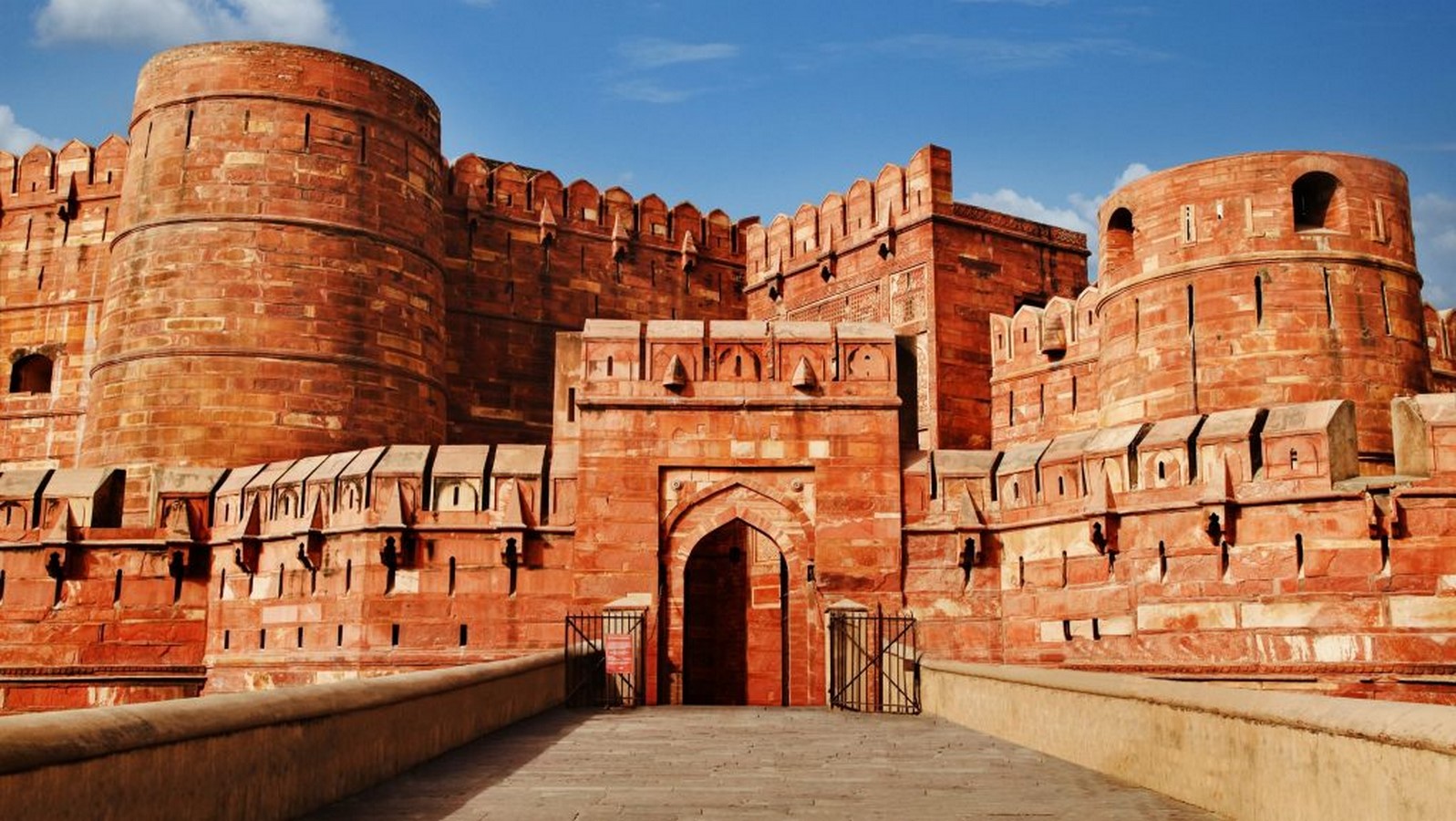
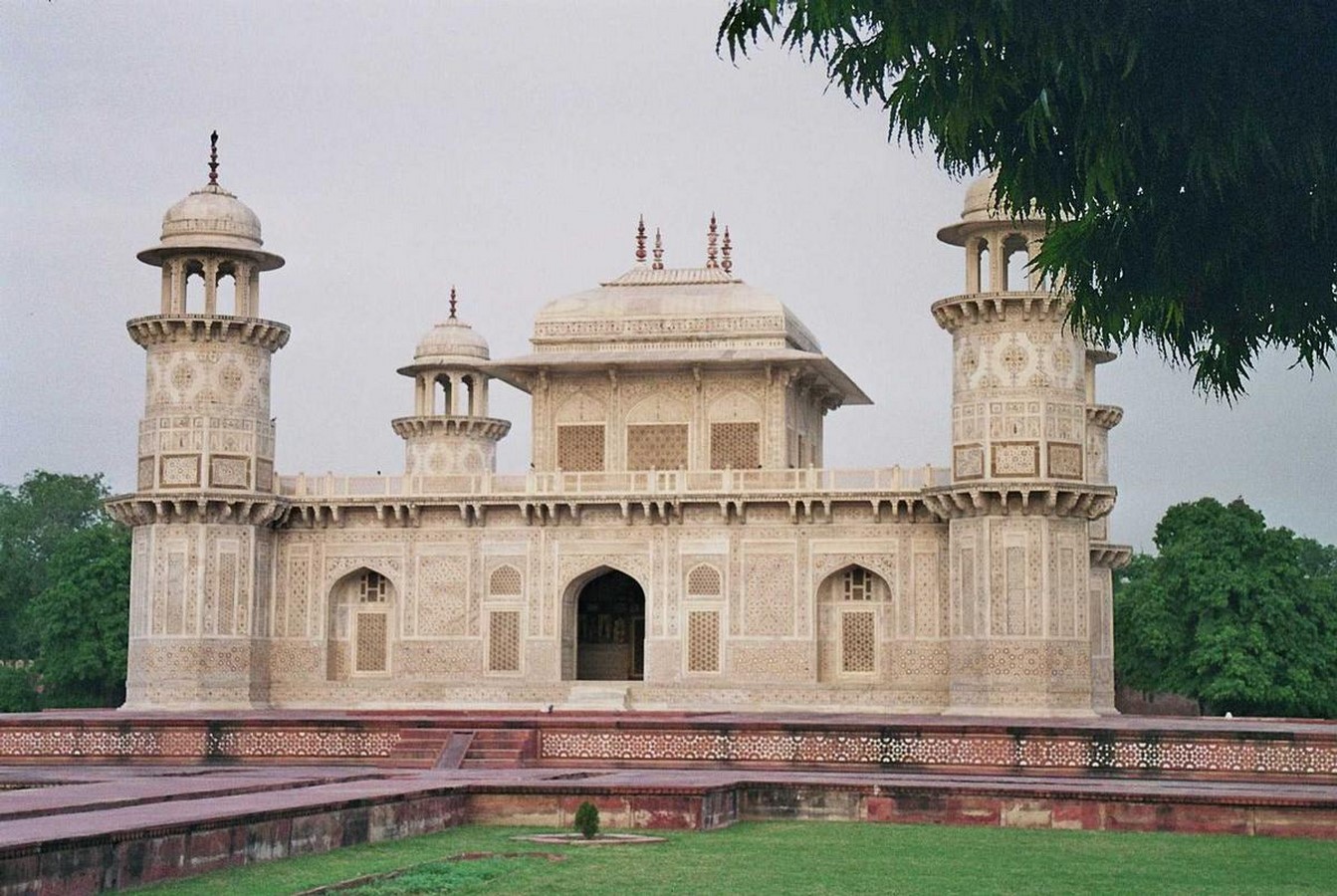
4. Delhi | Heritage architecture
Delhi, the capital city of India holds international standing and significance for centuries. It has been playing the role of the capital city for decades and values being the capital city of significant kingdoms and empires, has developed cultural synthesis with a wide geographical area ranging in unique morphological and architectural styles as a result of a consistent amalgamation of ideas. The inheritance of a distinctive mark is the result of tangible imprints of architectural form and spaces and intangible elements of culture and religions. Archaeological findings from the Mughal Period to links with the Silk route, diverse Mughal architecture as a result of Mughal ruling with the division of four historical urbanscape precincts namely Mehrauli, Nizamuddin, Shahjahanabad and New Delhi in line of nomination as a World Heritage City. All these four precincts display a different style of architecture depending upon the regional context and socio-cultural background. Delhi is home to some rich architectural masterpieces like Qutub Minar, Humayun’s Tomb, Jahaz Mahal to Sunder Nursery, and many more monuments worthy of high praise.
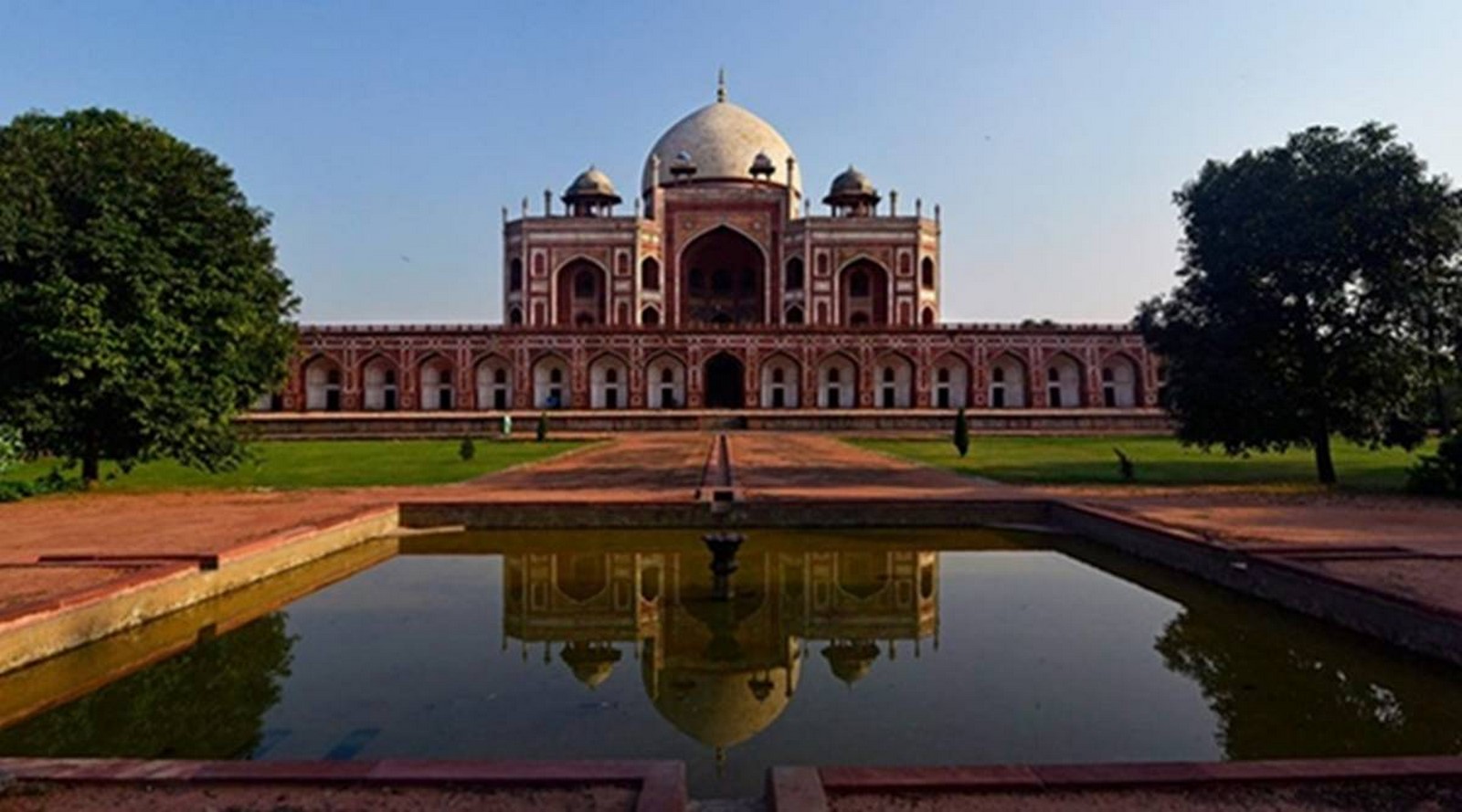
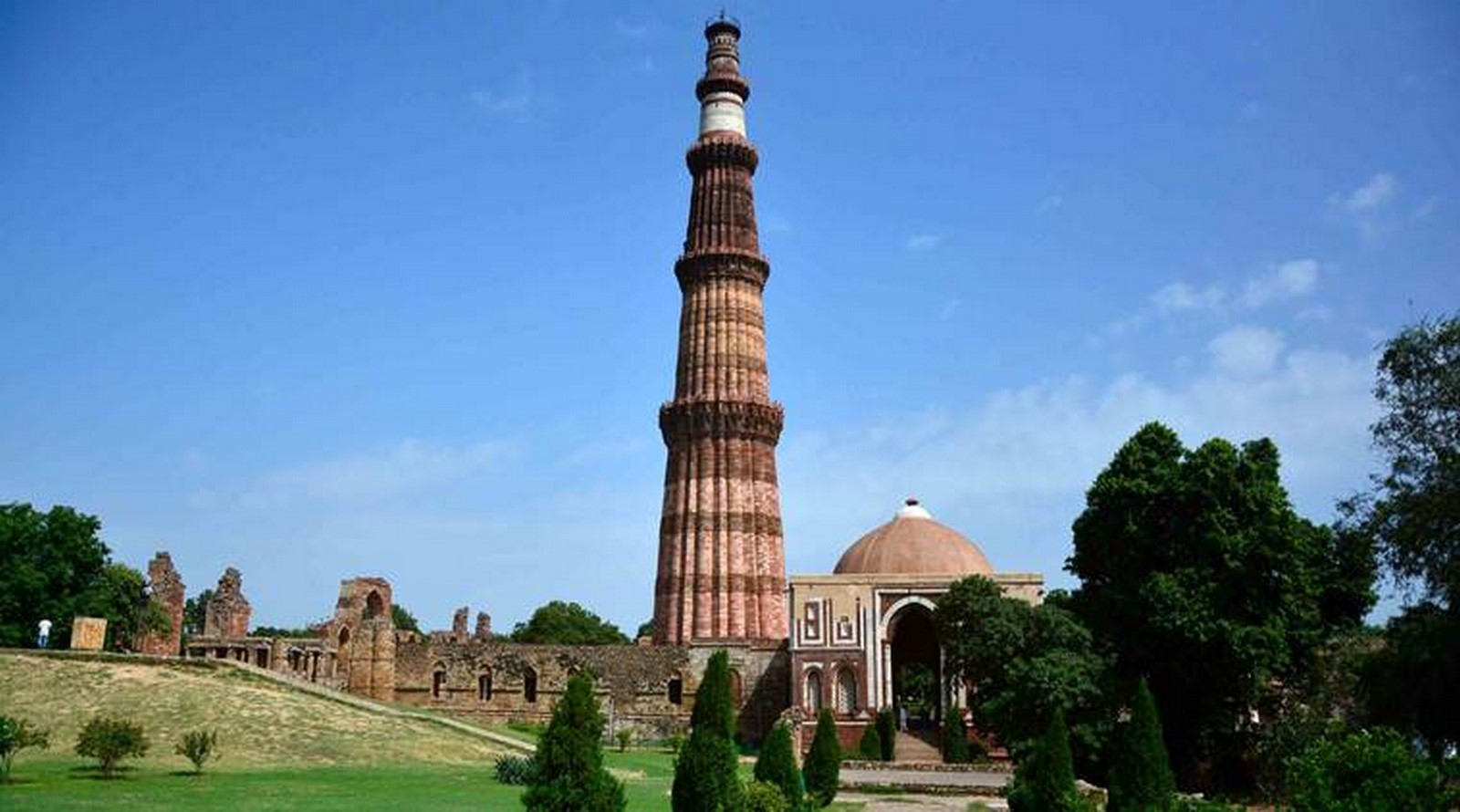
5. Mumbai
Mumbai being the financial capital of India is also a landmark for various architectural styles based on ruling bodies to socio-cultural entities to various residing communities. The architecture throughout the city is an amalgamation of Gothic, Art Deco, Indo-Saracenic and contemporary architectural styles. Communities namely Hindu, Muslims, Jews, Parsis to Portugues till the British Raj era have left their imprints on the city’s soil as a result of monumental architecture. During the British raj, neoclassical and victorian gothic styles have been reflected in public halls, parliament houses, and mansions. The blend of Gothic and contemporary styles later known as “Bombay Gothic”. Bombay City Hall by Colonel Thomas Cowper, Rajabai Tower, Wilson College, and Chhatrapati Shivaji Terminus are a few examples of gothic architecture in the city. Combining the Hindu and Islamic architecture styles gave way to Indo-Saracenic style in the second half of the 19th century; structures like Gateway of India, Taj Mahal, and Chhatrapati Shivaji Maharaj Vastu Sangrahalaya are examples of this architectural type in the city. Additionally, monuments like Knesset Eliyahoo Synagogue, Bombay High Court, Banganga Temple, Afghan Church, Haji Ali, Madh Fort, Khotachiwadi, and textile mills of Bombay have been the backbone of Mumbai’s diverse architectural heritage.
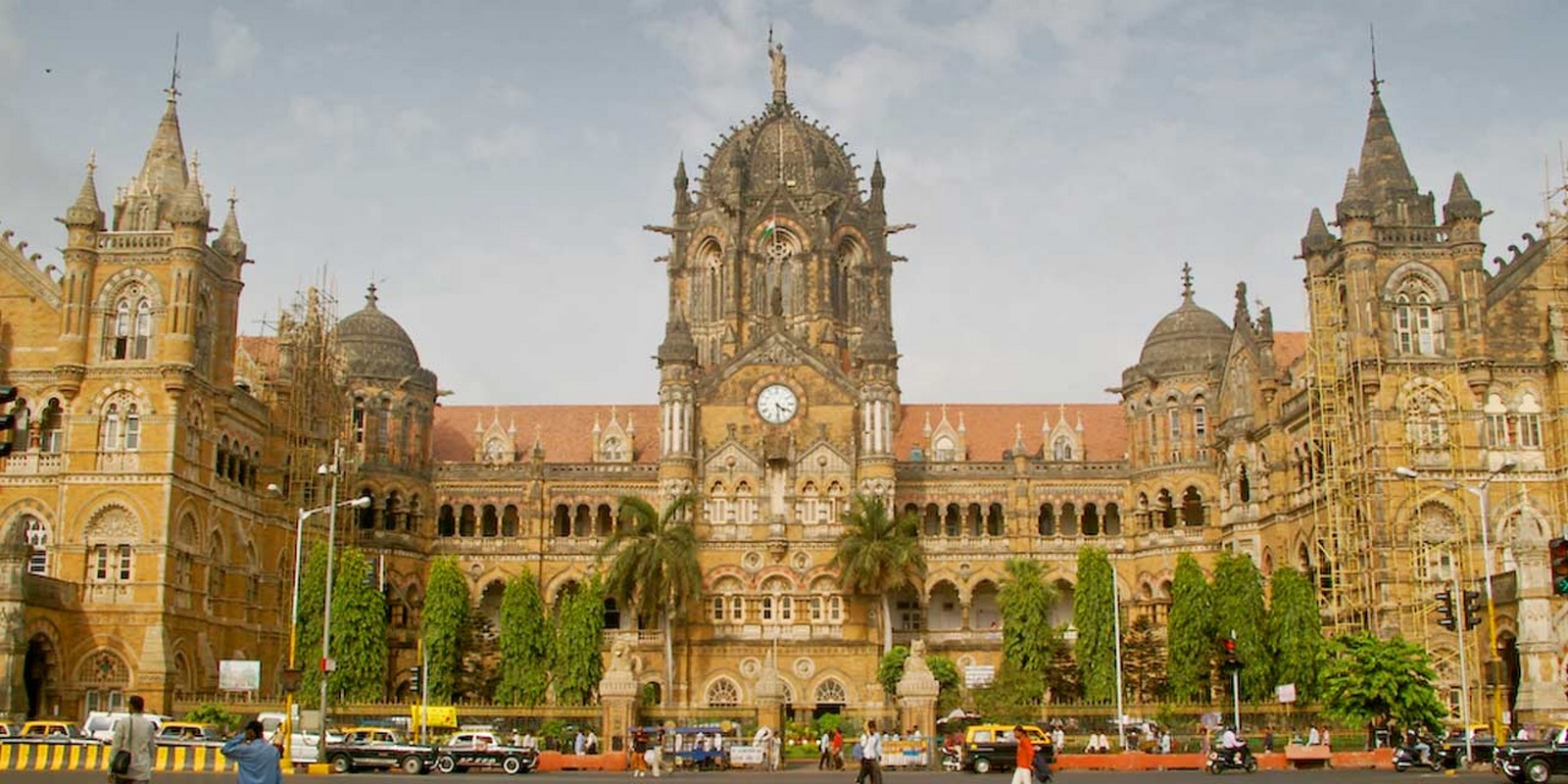
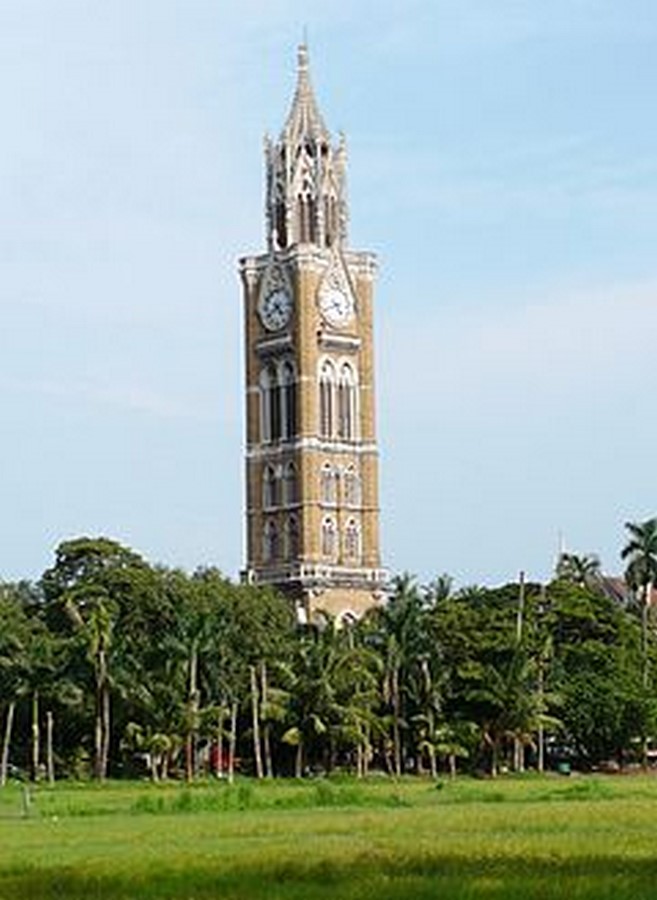
6. Kolkata | Famous Architecture in India
Kolkata, formerly known as Calcutta had significantly inherited colonial architecture by being the capital of India during the British Raj for over a period of 39 years. It is home to landmark, iconic monuments at spots like the Maidan and Hogg’s Market area. Victoria Memorial located in the city built in the memory of Queen Victoria’s death by Willian Emerson, a British architect displays influences of Mughal, Venetian, and Islamic architectural styles. Nearby located St. Cathedral is an example of a Gothic style built in 1839 and the Diocese of Kolkata showcasing wrought iron gate, stained glass window, and Renaissance style marked the growing European community in India. Kolkata accommodates notable historic administrative buildings exhibiting distinctive colonial architectural styles such as the city’s High Court, BBD Bagh area built around Lal Dighi, the Writer’s Building, Town Hall are few of the more rich architectural buildings from the British Colonial history of India.
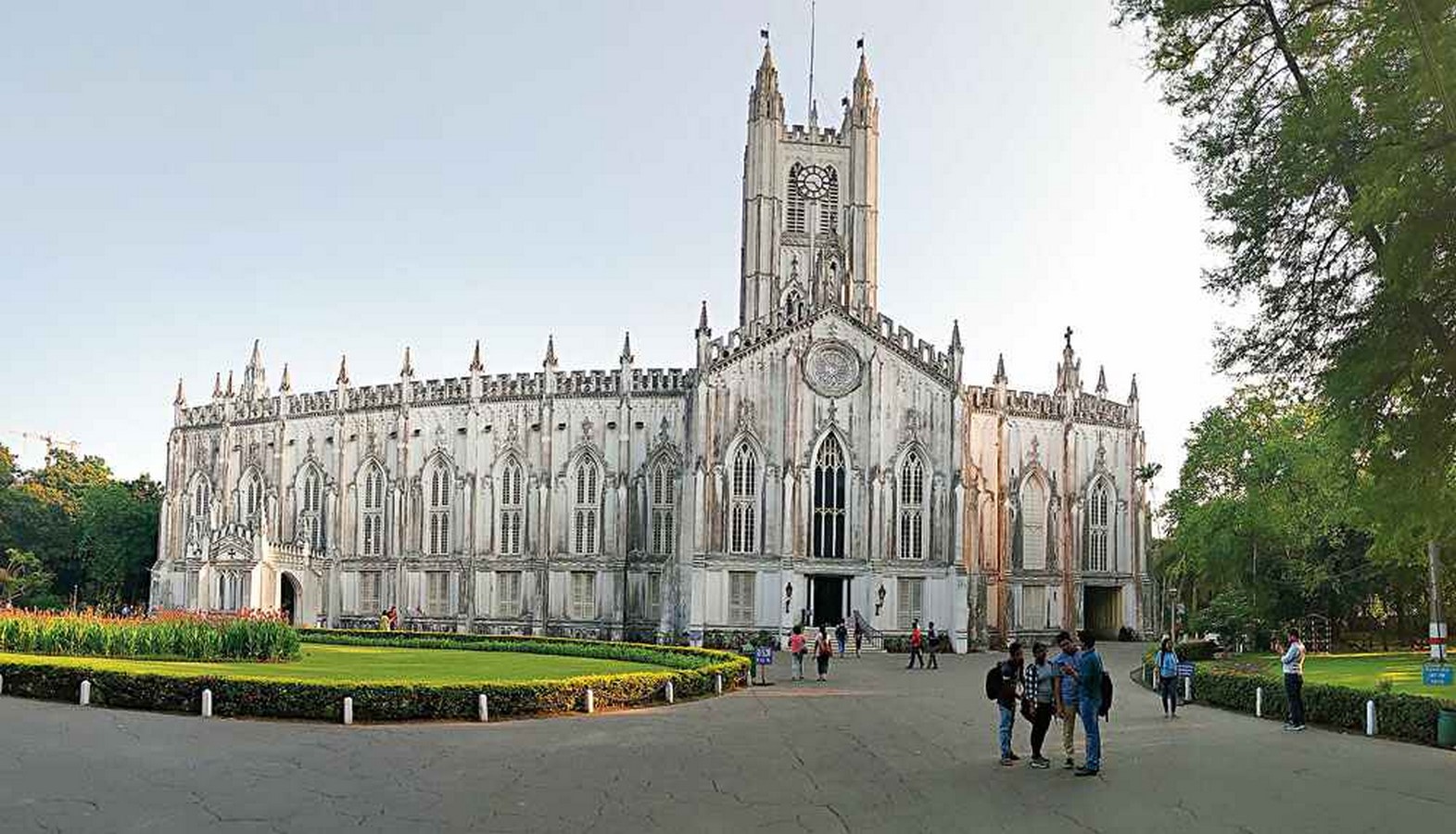
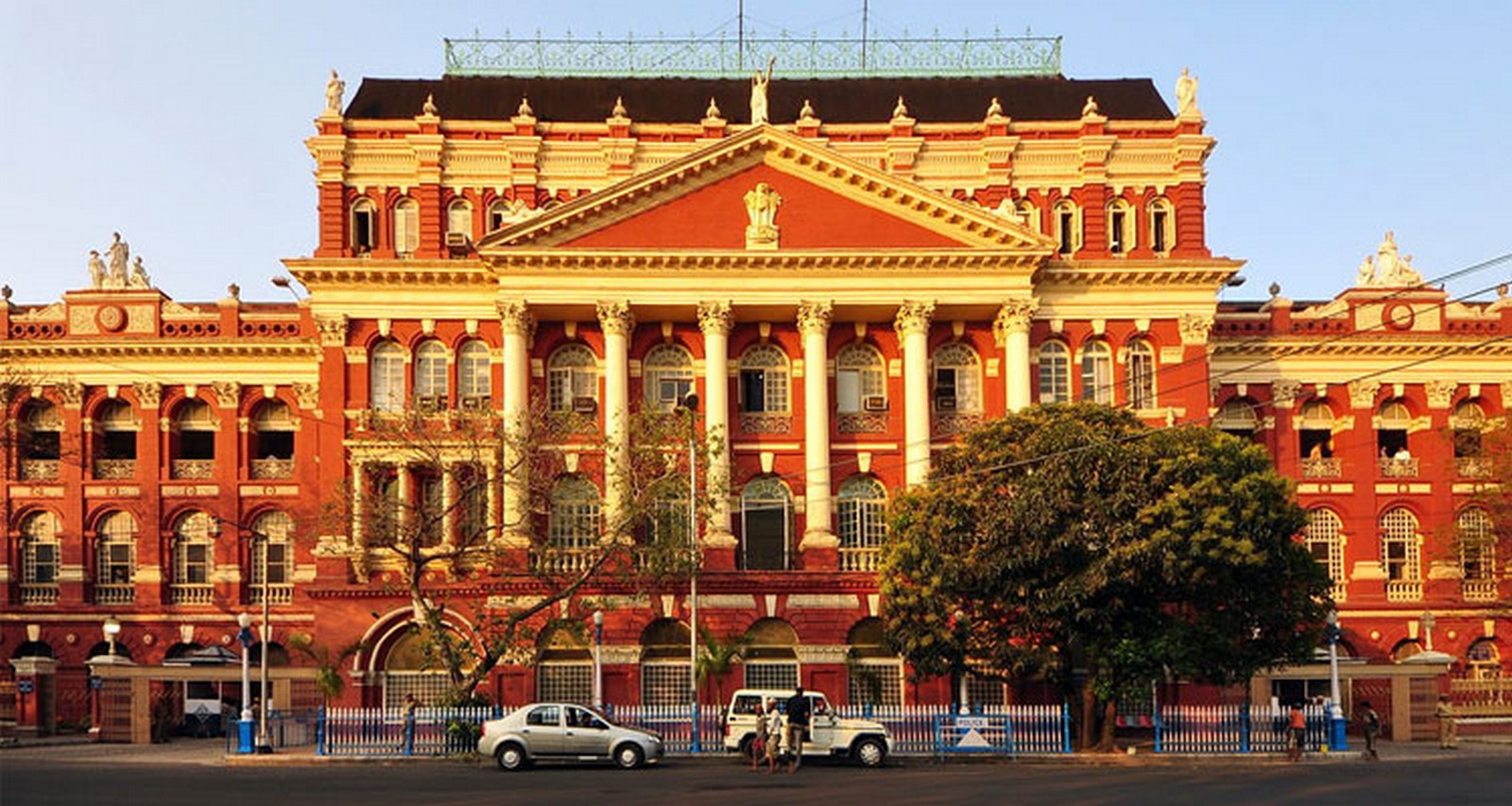
7. Orissa
Orissa is a land known for opulent temple architecture dating back to the 11th century marking a significant style of architecture called the Kalinga style. The most celebrated temples are the Lingaraja temple at Bhubaneswar dated 11th century, the Jagannath Temple at Puri dated the 12th century, and the great Sun Temple at Konark dating 13th century, respectively. The Sun temple at Kornak is one of the “7 wonders of India and UNESCO World Heritage Site in Orissa displaying details of ancient architecture. The concept of temple architecture is based on zones of the temple in its layout starting from the main temple or shrine called Vimana or Deula, leading with the assembly hall or the sanctum enshrining the deity the porch called Jagamohana, a place for devotees to congregate and a soaring curvilinear tower on a square base known as Rekha doula. This Kalinga style of architecture was well understood and studied by the Somavamsi Kings of Odisha during the 10th and 11th centuries. One of the gems of Odisha architecture is the Mukteswar temple of Bhubaneswar in the 10th century. These are temples of unique grandeur and majesty displaying masterpieces of the art of the bygone era.
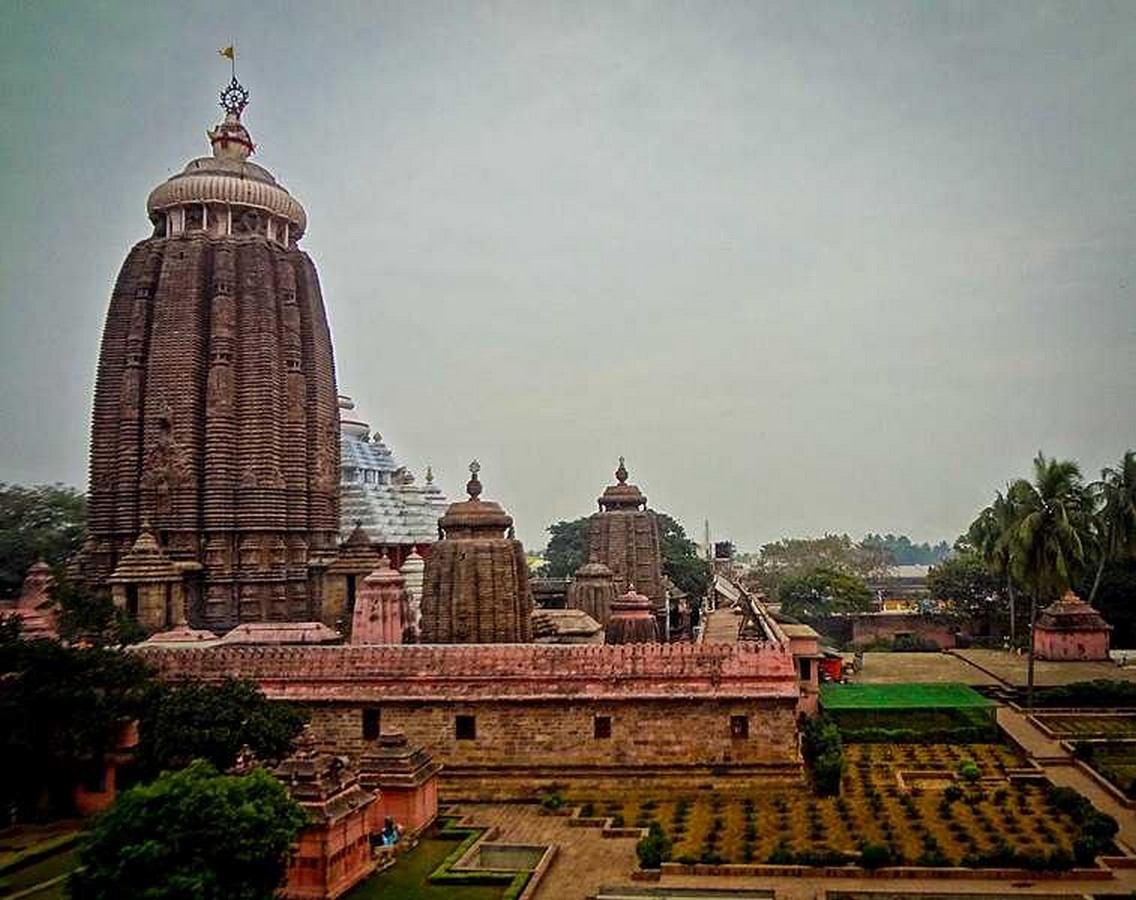
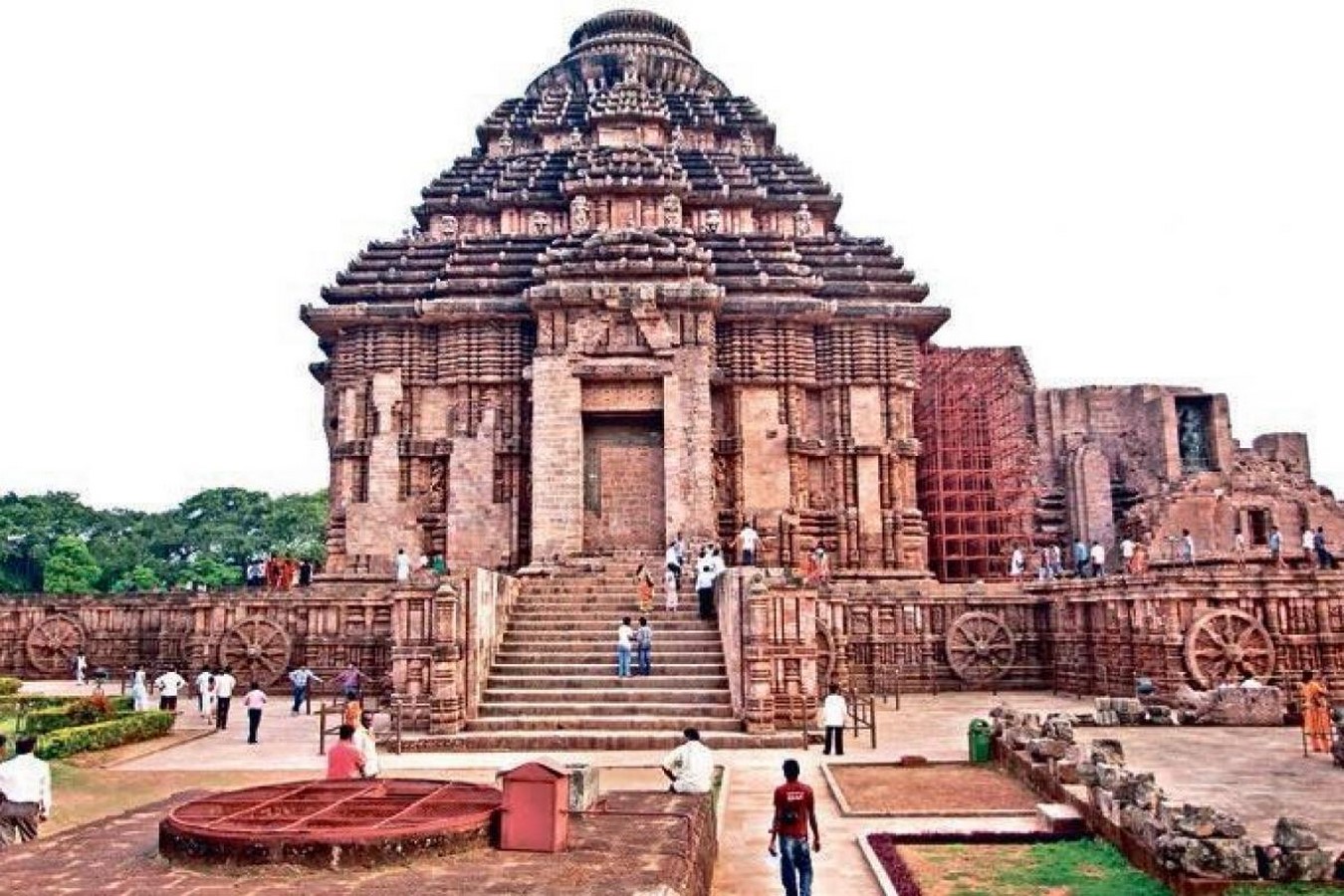
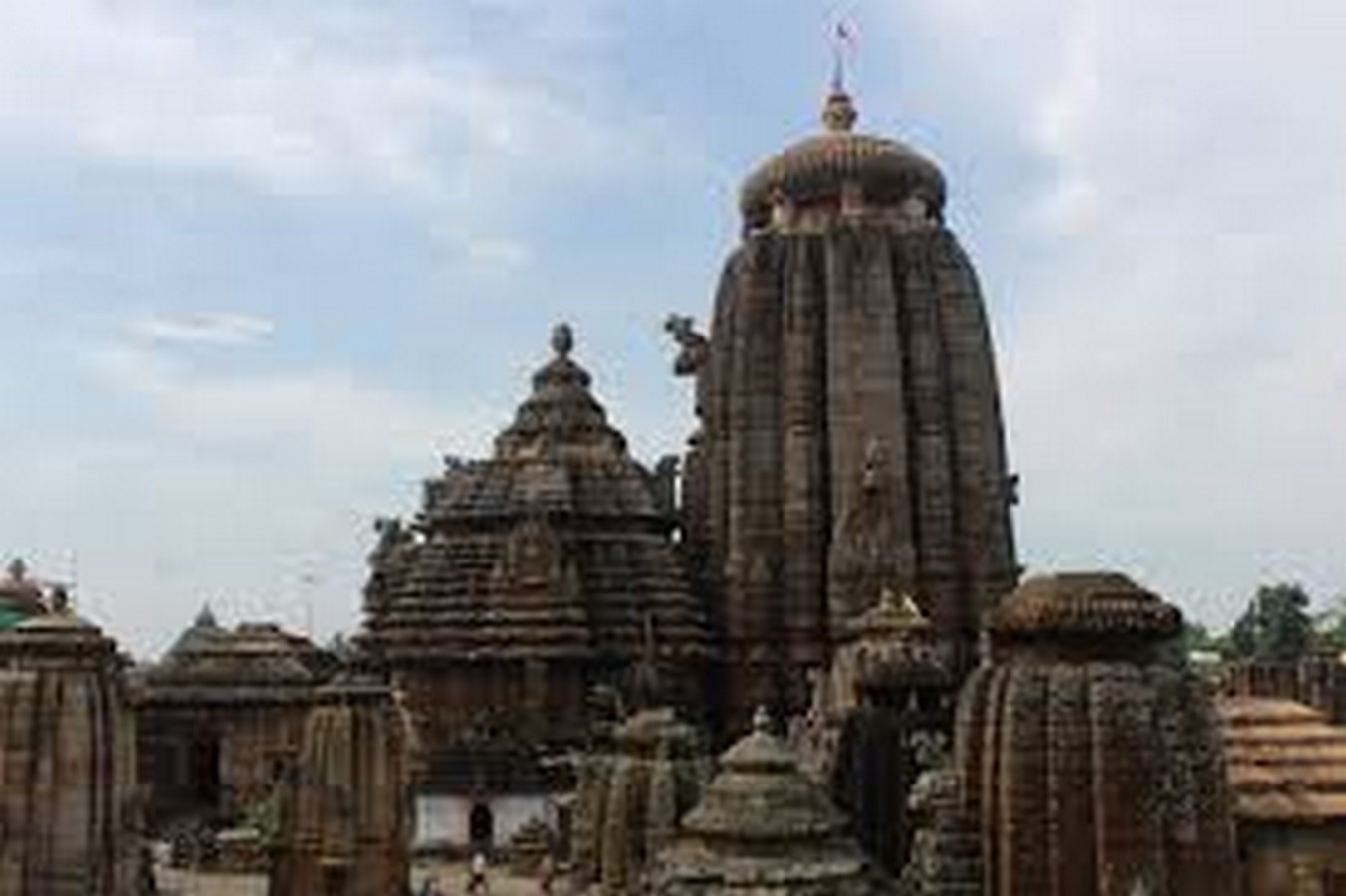
8. Thanjavur | Heritage architecture
Thanjavur is one of the most important centers in the state of Tamil Nadu showcasing the South Indian religion, architecture, and art. It is home to UNESCO World Heritage Sites such as the Great Living Chola Temples, Brihadeeswara Temple, and monuments in and around the city. These regions promote the cultural heritage of India and mark the evolution of building art in South India. The Thanjavur Maratha Palace, the official residence of Bhosle family was originally constructed by rulers of Thanjavur Nayak kingdom. Sites like the Saraswathi Mahal Library and Sivaganga Park are an added architectural treat to the city’s heritage.
